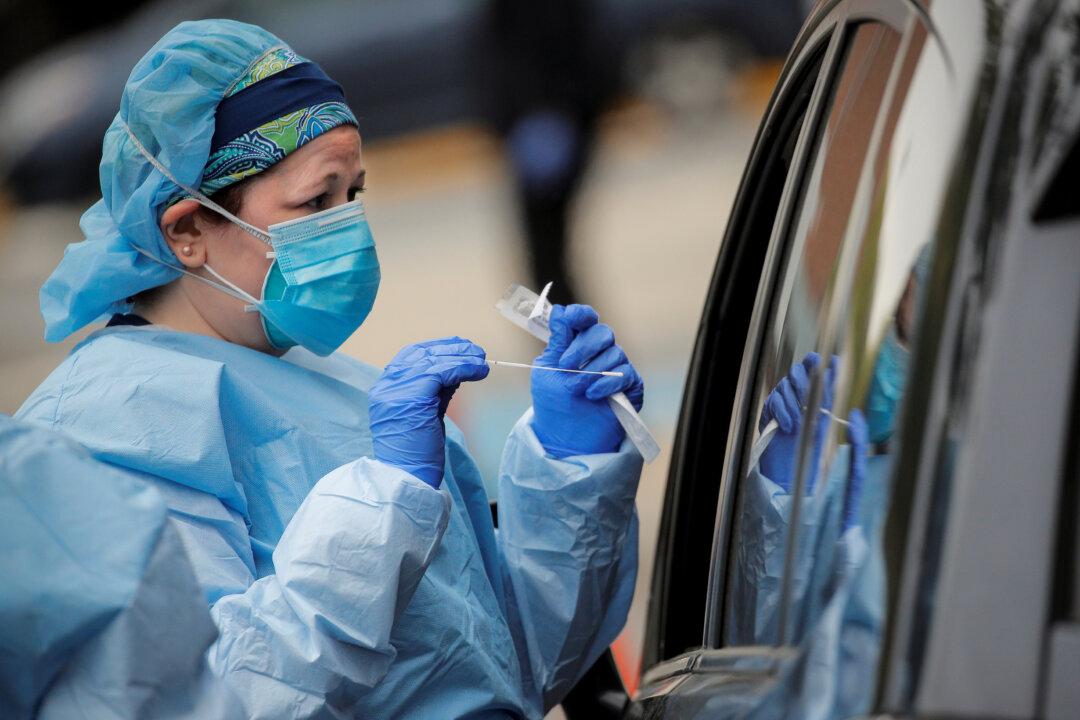Two professors at Louisiana State University (LSU) have developed a saliva-based test to help track COVID-19 in children in kindergarten through twelfth grade and school teachers, the university said in a statement.
The test was developed by LSU professors Stephania Cormier, a respiratory immunologist, and Rebecca Christofferson, an emerging virus expert. The test in question would make it easier to track COVID-19 as opposed to the regular nasal swabs.





